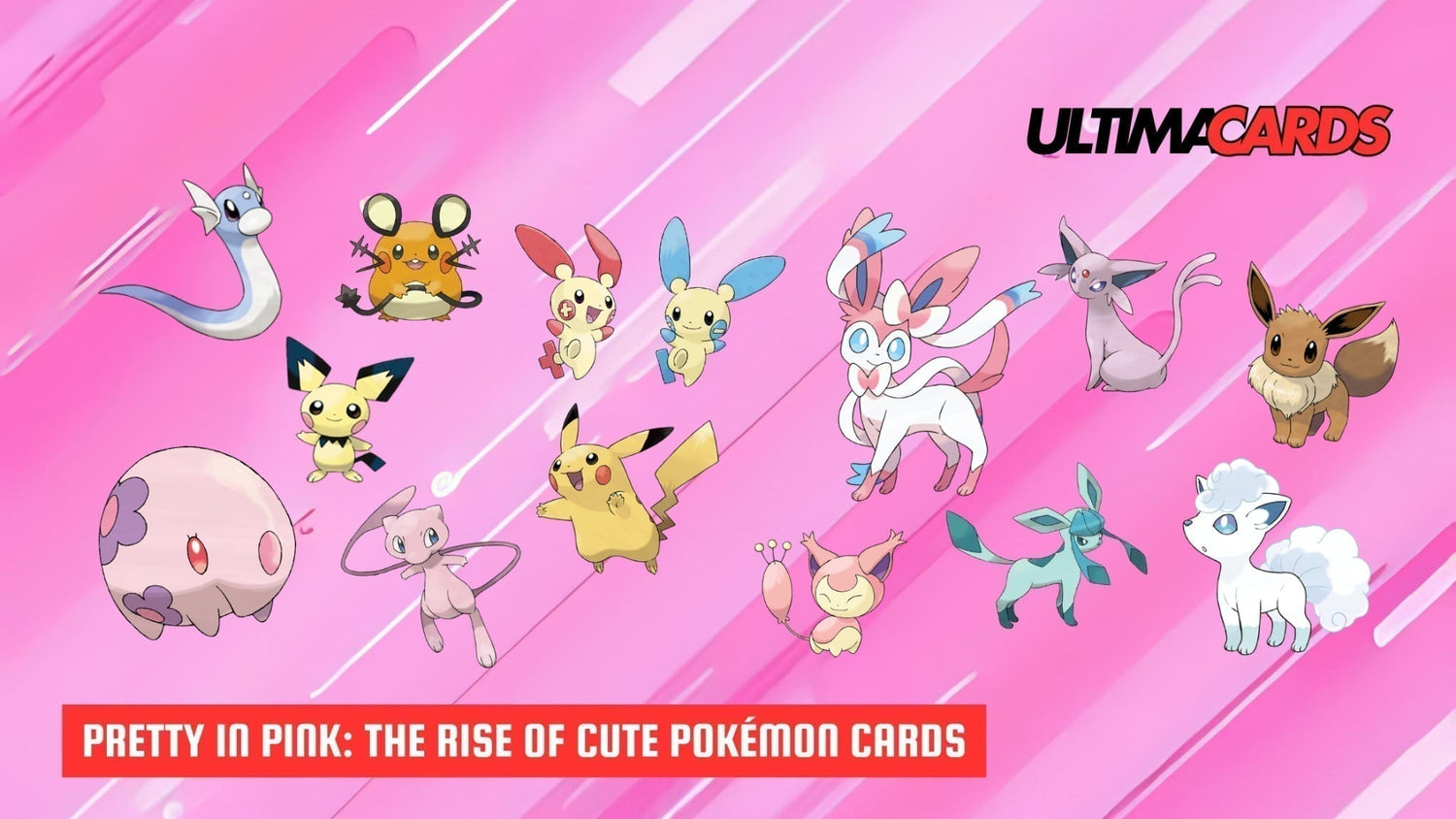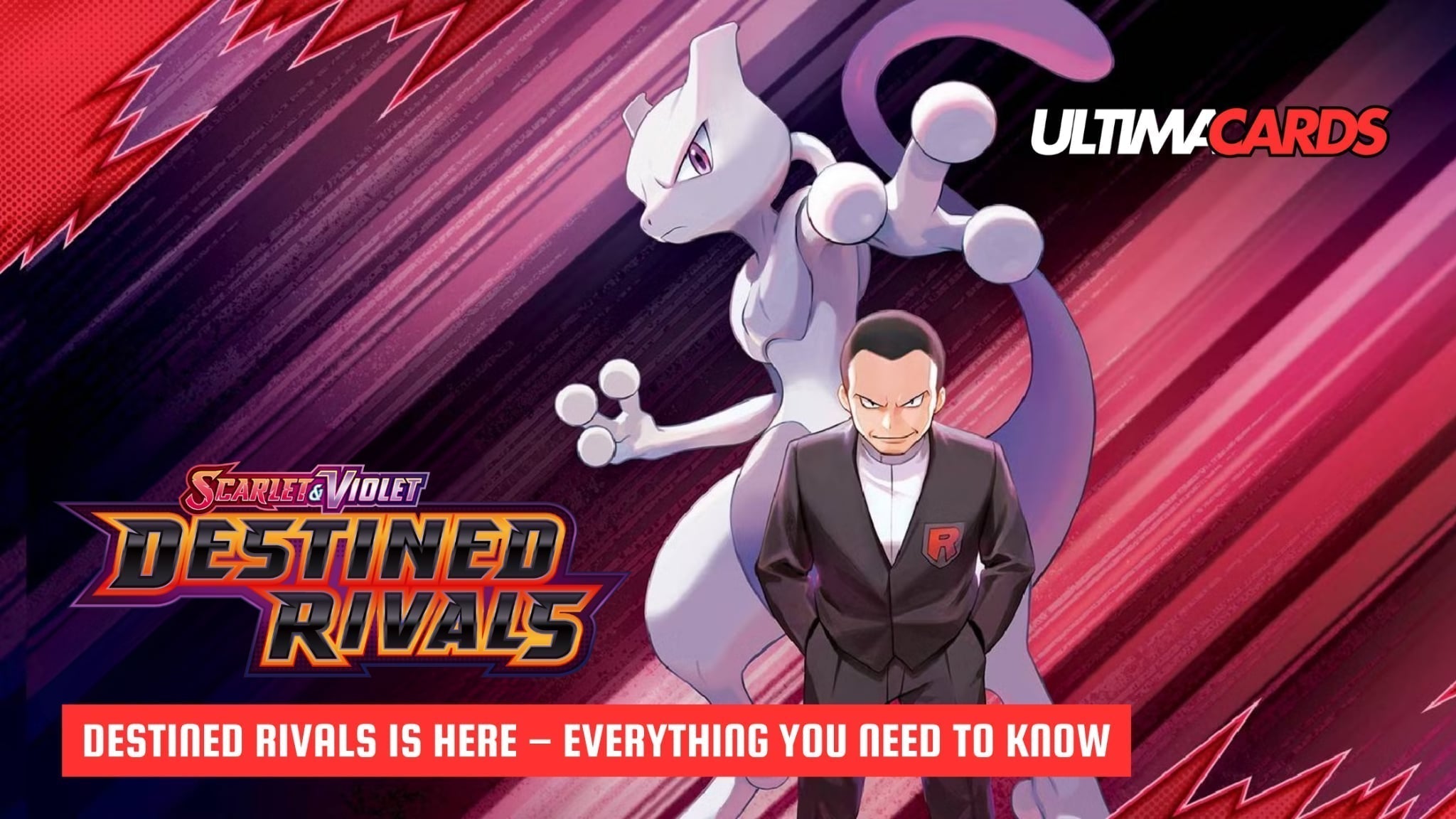Pokémon cards aren’t just about battles and investments anymore - they’ve become an aesthetic. One of the fastest-growing trends in the TCG world? Girly, pastel, and super-cute collections. Think pink binders, dreamy holo foils, sleeves with hearts and bows, and entire pages filled with Sylveon, Jigglypuff, Clefairy, or Pichu.
What used to be a niche has now bloomed into a whole community, and the sales numbers prove it: cuteness sells 💕
What I mean by “cute” Pokémon cards
“Cute” doesn’t mean lower value or novelty - it describes a style and community focus: cards featuring kawaii Pokémon (like Eeveelutions, Jigglypuff, or Clefairy), pastel holo finishes, themed promo art and coordinated merchandising (binders, sleeves, playmats, deck boxes, etc.)
Some collectors (such as myself) curate entire collections around a color palette and mood rather than chase rarity, and this aesthetic-first collecting creates its own demand curve!
The marketing behind the magic
The “cute” wave didn’t just happen - smart marketing played a big role:
- Aesthetic-first product design : Pastel and thoughtfully designed cards make your favorite Pokémon even more delightful to collect.
- Influencer-led binder culture : Micro-creators show off styled pink binder builds and unboxing videos, inspiring others to start their own collections. Brands that send PR packages to these creators get a cascade of organic, aspirational content that’s basically free advertising.
- Accessible entry points : Not everyone wants a PSA 10 - affordable promos, reprints, and alternate-art prints let new collectors jump in and start building their aesthetic collection with ease!
-
Cross-category merchandising : Pairing cards with lifestyle items like stickers, pins, plushies, or deck boxes turns every purchase into an expression of personal style - not just an investment. This also encourages repeat buying and increases average order value.
These strategies work because they speak to identity and self-expression. Collectors aren’t just buying cards - they’re curating a visual story they can share, display, and enjoy again and again.
The kawaii connection
A big part of why “cute” Pokémon cards resonate so much comes from Japan’s own kawaii culture - a movement that celebrates all things cute, soft, and heartwarming.
From pastel mascots like Hello Kitty to Pokémon themselves, kawaii culture has shaped how characters are designed and marketed for decades. In Japan, cuteness isn’t just for kids; it’s a lifestyle and a form of self-expression, woven into fashion, stationery, and even everyday products.
The Pokémon TCG naturally carried that influence into its artwork and accessories, making it easy for collectors around the world to embrace kawaii-inspired binders, sleeves, and cards as part of their own collections.
When cute gets costly : proof that cute = profitable 💗
Don’t let the pastel colors fool you - some of the cutest cards in the Pokémon TCG are also serious heavy-hitters in value. Alternate art Sylveon VMAX, Mew EX, or promo Pikachu cards with soft, playful art styles can sell for hundreds - sometimes thousands - depending on rarity and condition. These cards prove that “cute” doesn’t mean “cheap”. In fact, the demand for kawaii artwork often drives prices higher, because collectors aren’t just buying for play - they’re buying for display, nostalgia, and that perfect binder page.
It isn’t only the Pokémon that bring charm to a binder - Trainer cards have a special place in the hearts of many collectors too. Full-art cards like Lillie, Serena, and Rosa often feature soft colors and warm, friendly artwork that make them feel cozy and inviting. Because of their popularity, some of these Trainer cards have become quite sought-after, with certain versions reaching high prices on the resale market.
Translation: cuteness is not only fun, it’s good business.



Leave a comment
This site is protected by hCaptcha and the hCaptcha Privacy Policy and Terms of Service apply.